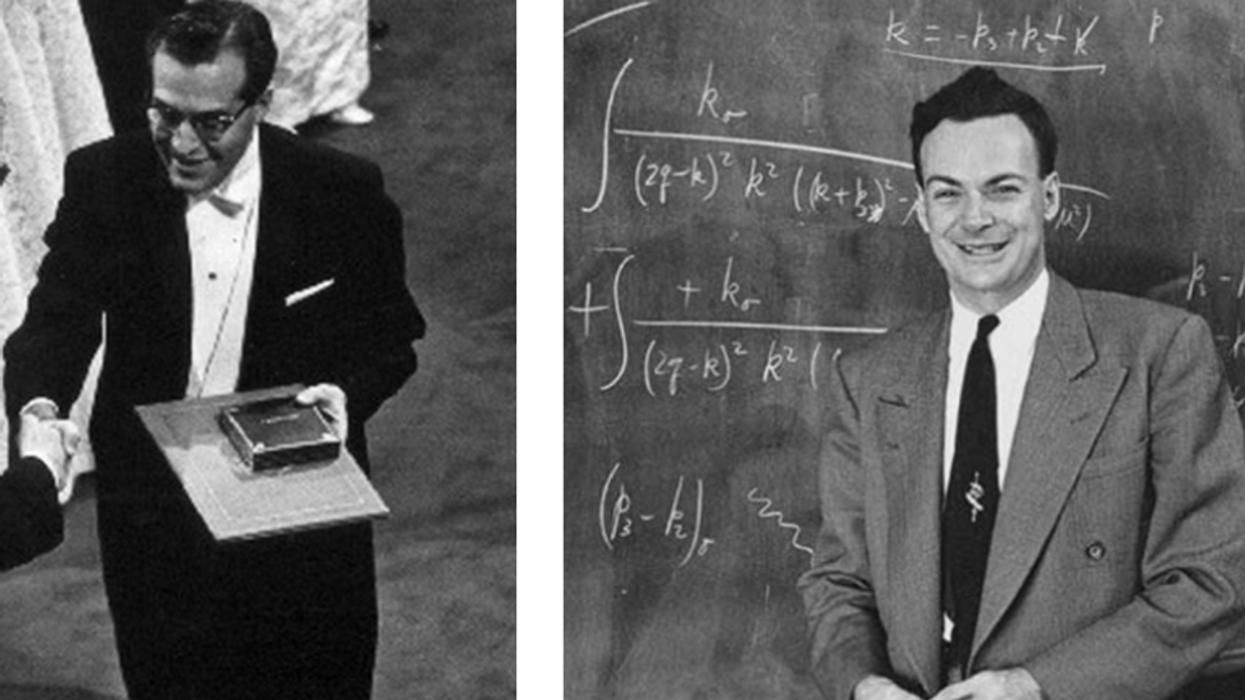The word "raccoon" comes from the Powhatan term "aroughcun," meaning "animal that scratches with its hands." Known for their dexterous paws and mischievous reputation, raccoons are often seen as tricksters. But this one-month-old baby raccoon wasn’t causing any trouble the day she fell from a treetop being cut down by woodcutters.
This was way back in 2014. The furry baby fell down into the backyard of Rosie Kemp. Kemp and her daughter Laura Young took the baby in their loving embrace and hoped to see her mother coming to take her away. But when hours went by and the raccoon’s mom didn’t show up, they figured out that she was an orphan.
They initially contacted the Bahamas Humane Society, but when the organization was unable to take in the injured raccoon, Laura and her husband William decided to adopt her. "They were unable to take in an orphaned raccoon," Young told CBS News. "So, with the guidance of friends who have had experience with raccoons, we cared for her."
It took nearly a month for the baby raccoon to heal her injured leg, after which the Young’s family named her “Pumpkin.” Over time, Pumpkin formed a close bond with the two pet dogs of Young, Toffee and Oreo. Young created an Instagram page by the name of “Pumpkin The Raccoon,” and the page currently has reached a whopping 1.1 million followers. With this page, Pumpkin emerged as a superstar public figure and social media celebrity. On this page, Young usually posts endearing pictures of Pumps living a pampered life in their Bahamian cottage. The pictures were so captivating to the audience that Pumpkin was once featured on the cover of Garden & Gun magazine. These bonny photographs of the toddler raccoon included Pumpkin and Oreo taking naps together, playing in the backyard, relaxing on the couch and more likewise.
From dipping into turquoise swimming pools to climbing on the kitchen countertop to grasp a cup of coffee, from nibbling pancakes with maple syrup to cuddling in cozy blanket covers, from smelling pepperoni off a cold pizza to munching biscotti biscuits and enjoying avocado, people enjoyed seeing the entertaining and playful gestures of the black-white-grey nocturnal animal. "She is so wonderful and highly intelligent and always very entertaining," Young described to CBS News. "She is a cheeky little thing, but we love her dearly."
Fast forward to a year, in a sad note posted on July 7, 2021, Young wrote that her young pet was suffering from an illness and she had to say goodbye to her. “One day in October, when Pumpkin came in and plopped her large bottom on the sofa with me I thought perhaps one of the huge military helicopters flying over gave her a fright. After that hour she jumped down and went for a drink of water and I prepared her supper. That's when the vomiting started. She had never done that before. After an hour of observing her, I called her vet and she came over. We both agreed she had probably eaten something foul and it wasn’t agreeing with her. She gave her a shot to settle her stomach. However, something just wasn't right. She didn’t seem herself at all. She seemed tired and drained. She was refusing dinner, and every time she drank any water she would throw up.”
In the following posts, Young described that there was a giant mass in Pumpkin’s stomach. A surgery was carried out to remove this mass. However, unfortunately, the vet told her that the mass was too big and recommended that the raccoon needed to be let go. Young posted about this in part four of “Saying Goodbye” posts. In October 2019, Young declared that her beloved raccoon died at the age of five. “She really was more than just my pet. Those first few hours after we said goodbye to her were daggers to my heart, but now I am able to glance up at that empty cupboard space and smile and remember her fondly.”
Later on, Young penned a book titled "The Raccoon Who Thinks She Is A Dog,” describing her experiences with Pumpkin. As for the Instagram page “Pumpkin The Raccoon,” Young has decided to continue it in dedication to her beloved pet. Through this page, she regularly raises donations for charities and organizations like World Central Kitchen, Bahamas Humane Society and more.
This story originally appeared eight months ago.






















 Ladder leads out of darkness.Photo credit
Ladder leads out of darkness.Photo credit  Woman's reflection in shadow.Photo credit
Woman's reflection in shadow.Photo credit  Young woman frazzled.Photo credit
Young woman frazzled.Photo credit 

